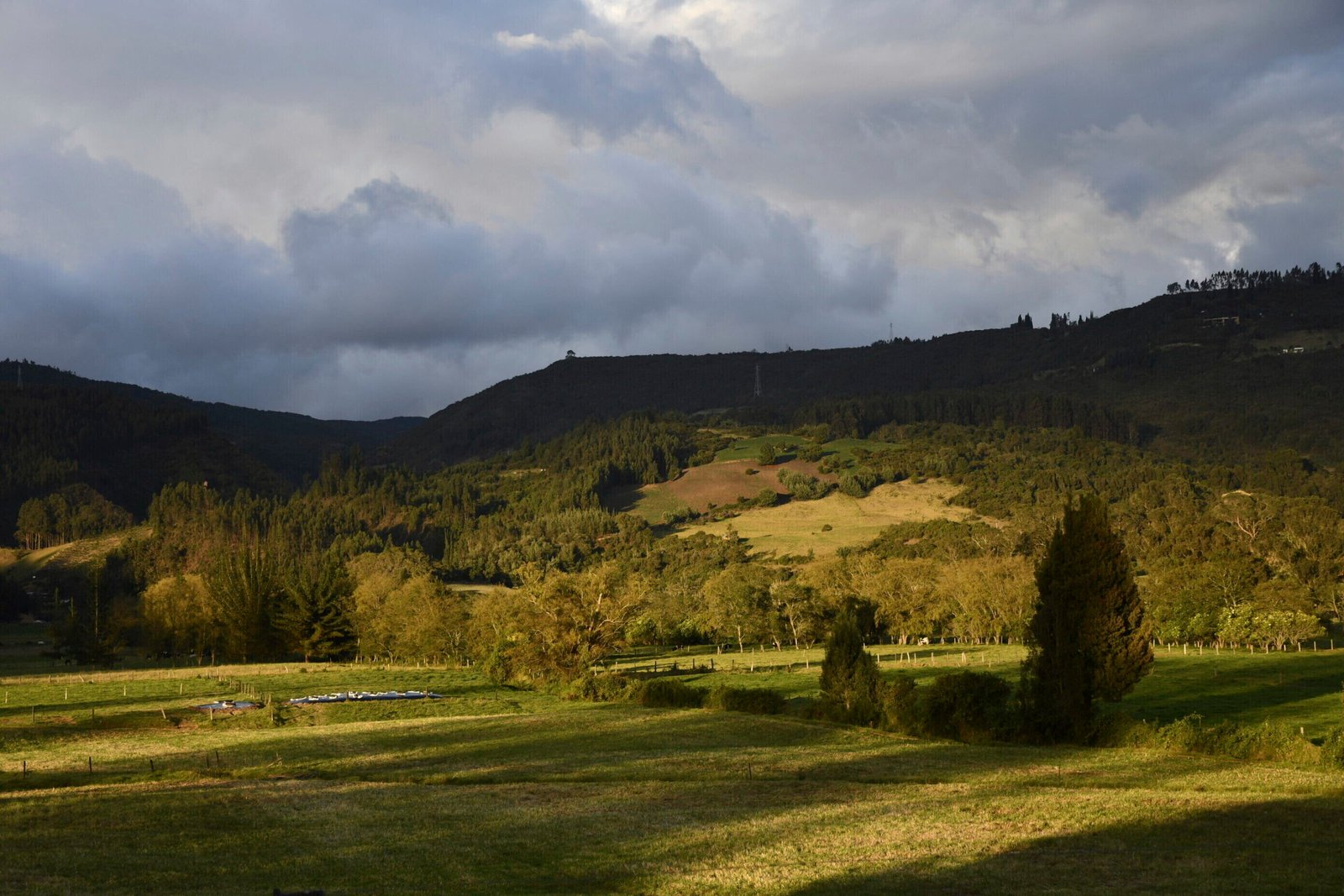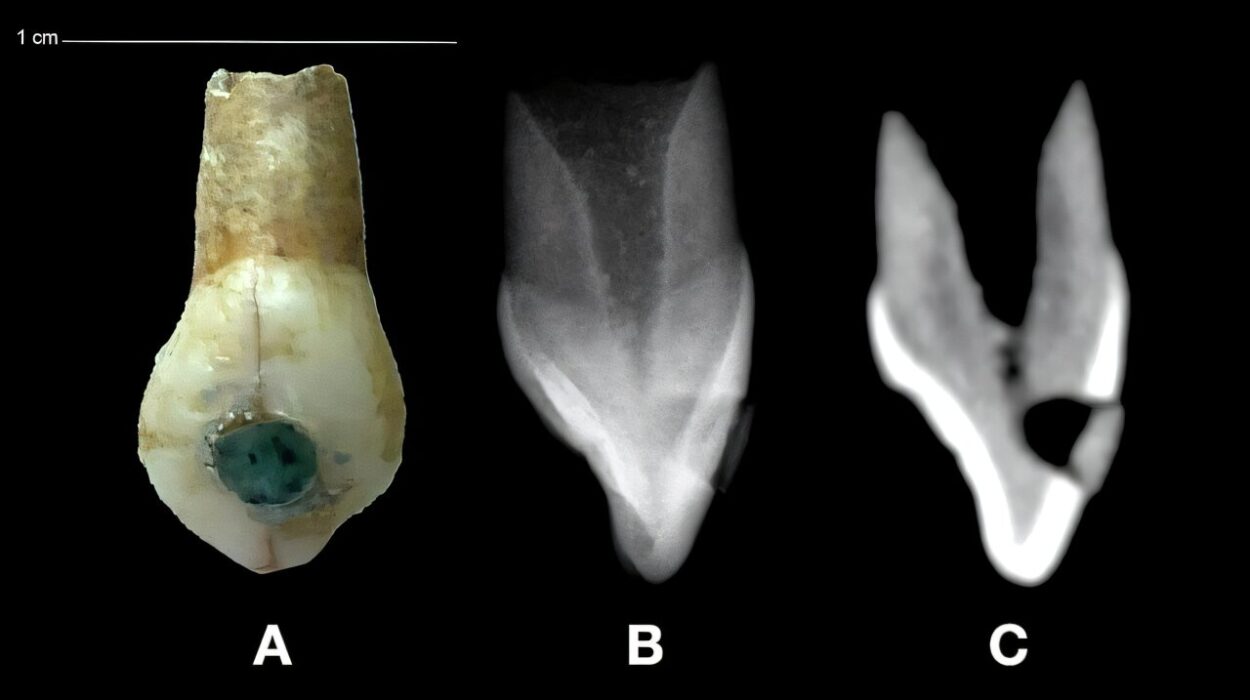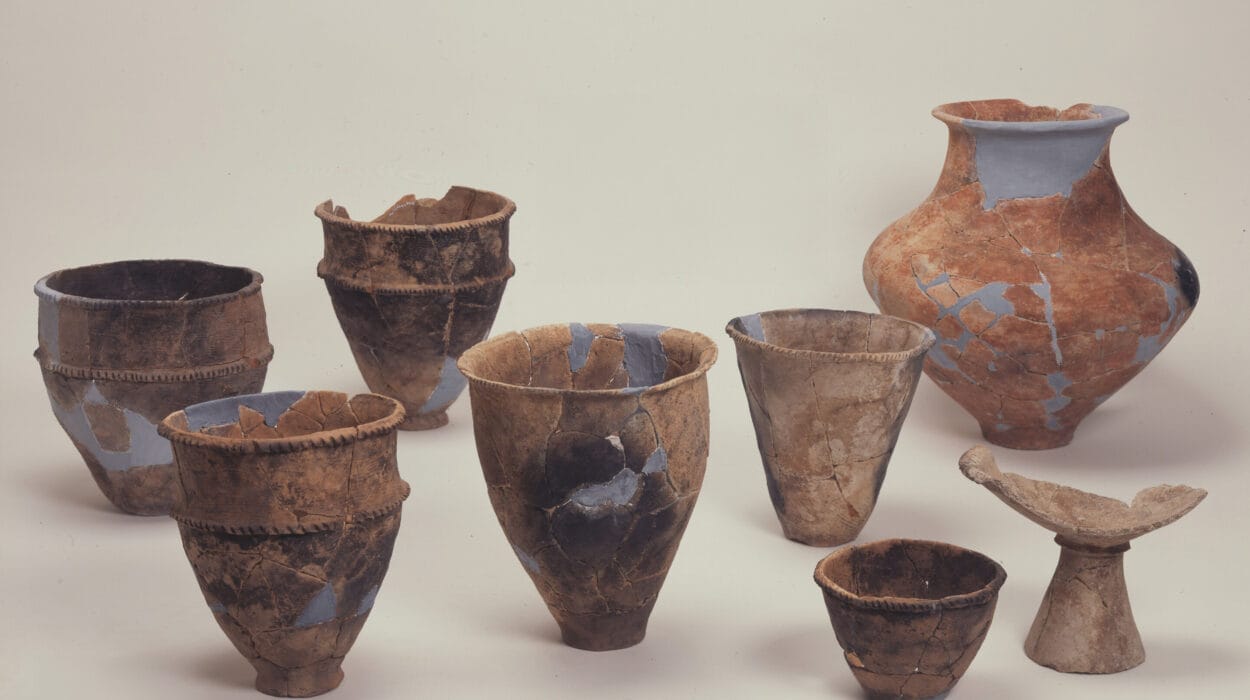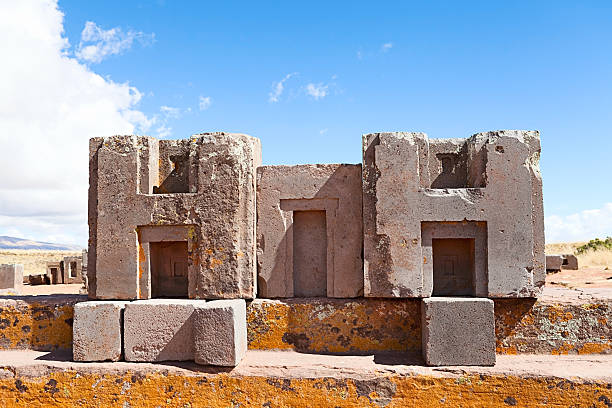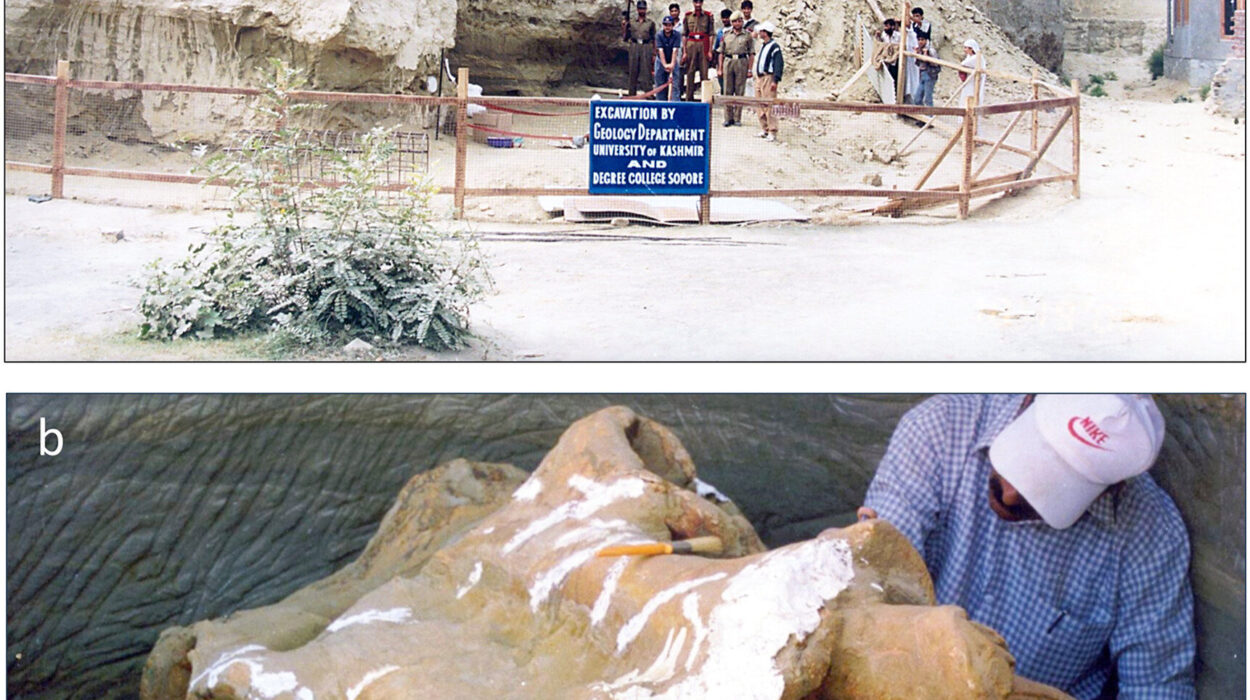On a windswept plateau near present-day Bogotá, Colombia, some 6,000 years ago, a group of hunter-gatherers lived, thrived, and vanished—leaving behind no myths, no descendants we know of, and no place in the known family tree of the Americas. Their existence was unknown to science until now, when fragments of their DNA whispered their forgotten story from ancient teeth and bones buried beneath the earth.
In a landmark study published in Science Advances, researchers report the discovery of a completely new genetic lineage of ancient humans. Neither North American nor South American in ancestry, this ghost population once inhabited a crucial geographical bottleneck—a region many consider the gateway through which early humans entered South America after arriving in the New World.
Their discovery has cast new light—and new uncertainty—on our understanding of the peopling of the Americas, suggesting that the journey southward was far more complex, diverse, and fragmented than previously imagined.
Rewriting the Map of Human Migration
For decades, scientists have pieced together the epic saga of human migration into the Americas. The prevailing narrative begins with early hunter-gatherers crossing the Bering Land Bridge from Siberia into what is now Alaska around 15,000–20,000 years ago. From there, small bands of humans fanned out across the North American continent, some trekking down the Pacific Coast or through inland corridors toward the vast, unknown lands of South America.
But this map, long accepted as a rough sketch of ancient movement, now demands revision.
The genetic remnants found in central Colombia do not fit neatly into this framework. According to lead author Andrea Casas-Vargas, a geneticist at the National University of Colombia, “These individuals carry a genetic signal that we have not seen before—not in any modern population, and not in other ancient DNA from the Americas.”
That’s a seismic statement in the world of paleogenomics. It suggests that the migration south may have involved more twists, turns, and detours than once believed. Rather than a single homogenous wave of settlers gradually moving southward, it now seems plausible that multiple genetically distinct groups arrived, diverged, and dispersed in ways we’re only beginning to uncover.
A Genetic Island on the High Plains
The remains analyzed in the study come from archaeological sites near Bogotá, located on a high plateau nearly 2,600 meters above sea level. Around 6,000 years ago, this region was home to a flourishing society of hunter-gatherers who hunted deer and gathered wild plants in a temperate Andean ecosystem that provided rich sustenance and relatively mild climate conditions.
From their bones, researchers extracted precious fragments of ancient DNA—a challenging feat in tropical climates where warm, moist conditions typically degrade genetic material over time. Yet despite the difficulties, the team was able to reconstruct a surprising amount of the ancient genome. What they found upended expectations.
Unlike other early South American populations who show clear genetic ties to either the ancient North Americans or to groups deeper in the southern continent, this Colombian lineage appears genetically isolated. Their DNA carries no clear links to the people who lived north or south of them, suggesting they may have been a separate population altogether, possibly an offshoot that branched away from early North American settlers but never made a lasting imprint elsewhere.
The study’s authors stopped short of declaring the group a wholly independent migratory wave, but the evidence hints at a scenario that had not previously been entertained: a now-extinct lineage of humans who lived for centuries in a key corridor between the continents and then vanished, leaving behind only genetic echoes in buried teeth and bones.
The Vanishing of a People
By 2,000 years after their prime, this enigmatic group disappears from the genetic record. They were replaced by a genetically distinct human population with clear ties to broader South American Indigenous groups. This new group had very different DNA, suggesting a migration or population shift had taken place. But what happened to the original inhabitants?
That’s a question scientists are still trying to answer. “It’s not clear whether they were absorbed into incoming populations or whether they were replaced or displaced,” says archaeologist Andre Luiz Campelo dos Santos of Florida Atlantic University, who was not involved in the study. “But what’s surprising is that we didn’t even know they existed. Up to this point, we didn’t believe there was any other lineage that would appear in South America.”
Several possibilities remain. Perhaps this ancient Colombian group was small, and as larger migratory waves swept through the continent, they were assimilated genetically—swallowed into a larger gene pool so thoroughly that their distinct lineage disappeared. Alternatively, they may have been isolated for so long that, once exposed to newcomers, they were wiped out by disease, conflict, or cultural displacement.
The truth may never be fully known, but one thing is clear: this population once occupied a critical crossroads, and their disappearance represents not just a scientific mystery, but a deeply human loss.
The Gateway to the South
Why is this discovery so important? Because of where it happened.
Colombia lies at the intersection of two vast landmasses—the northern and southern halves of the New World. Anyone moving southward from Central America had to pass through the narrow Isthmus of Panama and into Colombia before fanning out toward the Andes, the Amazon, and the pampas of South America.
In that sense, Colombia is more than a modern nation; it’s a continental gatekeeper. If we are to understand how humans spread through the Americas, we must understand who lived here, and when.
“This region is the gateway to the South American continent,” says Casas-Vargas. “That’s why studying ancient DNA from Colombia is so important. It helps fill in a crucial gap.”
And that gap may still hold more secrets. The study’s authors emphasize that only a few individuals have been sequenced from this ancient population. With more excavations and DNA analysis, it’s possible that other groups—just as mysterious and unexpected—may yet be found in the region.
The Power of Ancient DNA
What makes this discovery possible is the fast-evolving science of ancient DNA analysis, a field that has exploded in the last two decades. By extracting DNA from millennia-old bones and comparing it to genomes of modern and ancient people, researchers can trace migrations, isolate genetic lineages, and even reconstruct forgotten histories.
Previously, the lack of surviving DNA in tropical environments like Colombia made such research almost impossible. But with new laboratory techniques and DNA sequencing technologies, scientists are now able to sift signals from the noise—even in challenging conditions.
“The precision we now have with ancient DNA is astonishing,” says Casas-Vargas. “It’s like finding a fossilized thread and pulling it, only to discover it connects to a completely different part of the tapestry.”
Already, ancient DNA studies have rewritten major chapters of human history, from the mysterious Denisovans in Siberia to the early peopling of the Pacific Islands. And now, it seems, Colombia has added a new and unexpected thread to that global narrative.
Ghost Populations and Hidden Histories
This ancient Colombian group is what scientists refer to as a “ghost population”—a group inferred through genetic traces that has no modern analog and no obvious descendants. Such ghost populations challenge the idea that human migration was a straight line from point A to B. Instead, they suggest a story that is far more entangled, filled with branches that bloom and die in isolation.
The discovery also raises deeper philosophical questions. How many other human lineages have existed and vanished without a trace? What cultures, languages, and ways of being were lost to time before they ever left a mark?
In a way, ancient DNA is helping to recover those lost human possibilities. It allows us to see not just who we are and where we came from, but who we might have been, had history unfolded differently.
A Future Full of the Past
The discovery of this mysterious Colombian population is not the end of a story—it’s the beginning of a new chapter. With every ancient genome sequenced, researchers are pushing deeper into the uncharted territory of early human history in the Americas.
In time, more skeletons may be found, more DNA extracted, and more surprises revealed. Perhaps this newly discovered group left descendants who simply haven’t yet been identified. Perhaps there are still isolated pockets of genetic material waiting to be recognized in modern populations. Or perhaps this lineage truly was a dead-end—a brief, beautiful thread in the human story that unraveled too soon.
For now, their story reminds us that the peopling of the Americas was anything but simple. It was a saga of migration, isolation, convergence, and disappearance. It involved not just one lineage, but many—some of whom walked high Andean plains, hunted under tropical stars, and left only their genes to speak for them thousands of years later.
In the silence of Colombia’s ancient plateaus, that voice has been heard at last.
Reference: Kim-Louise Krettek et al, A 6000-year-long genomic transect from the Bogotá Altiplano reveals multiple genetic shifts in the demographic history of Colombia, Science Advances (2025). DOI: 10.1126/sciadv.ads6284
